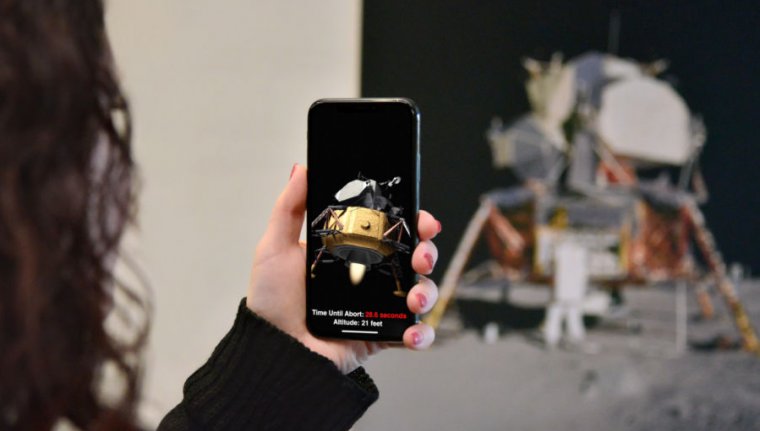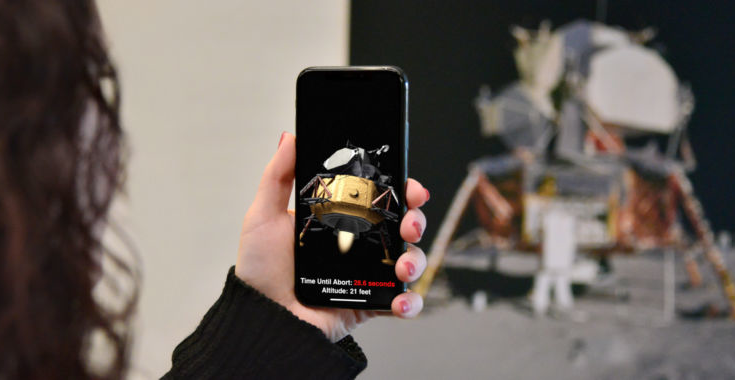
Apple’s mixed reality headset has moved beyond the prototype phases and is barreling toward production, according to a new report in DigiTimes that cites component suppliers. DigiTimes claims that Apple has already conducted “second-phase engineering validation and testing (EVT 2)” for the headset.
“EVT 2” is a phase along Apple’s path to production. The company begins with prototypes before moving on to the first EVT (engineering validation testing) phase. “EVT 2” indicates that this is the second phase of testing for the device during that phase.
After engineering validation, Apple moves on to design validation and then to production validation before production finally begins.
The report claims that the headset will enter mass production in August or September and that Apple is still targeting a 2022 launch for the product. Conflicting reports have emerged lately about the timing of Apple’s first mixed reality headset launch. Apple reportedly planned for a 2019 launch at first but has delayed that launch multiple times.
Several reliable sources were saying last year that the headset would come in 2022, but Bloomberg reporter Mark Gurman cautioned recently that the device could be delayed to 2023. Meanwhile, analysts like Ming-Chi Kuo continued to predict a 2022 launch.
Over the past few years, Gurman has a very strong track record in predicting Apple’s announcements and products. But he doesn’t always accurately predict the timing of those announcements and products. The same is sometimes true of Ming-Chi Kuo’s analysis.
Component supply chain sources like those cited by DigiTimes often do have some insight into what Apple is working on, but they also typically do not have the full picture. So this report is not a rock-solid confirmation that the device will be ready to go this fall. Still, it’s a good sign.
This first headset has been said to include very high-end specs, like 4K displays, multiple accurate sensors, or silicon equivalent to the M1 Pro or M1 Max chips found in recent MacBook Pro models. The headset will likely be used for professional applications and will help app developers begin work on the sorts of immersive experiences that may attract users to a more mainstream product down the road.



